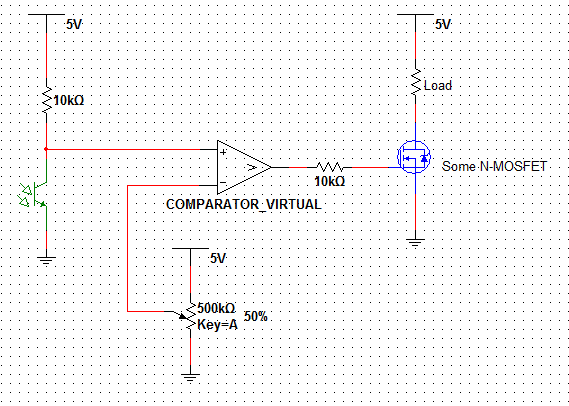Speedy78
0
- Joined
- Dec 17, 2012
- Messages
- 2,081
- Points
- 63







The only issue I see is mosfets saturate at 10V
That's not true at all. The gate voltage required for saturation depends on the drain current and the particular mosfet. It can be as low as a volt, or as high as a few tens of volts.

